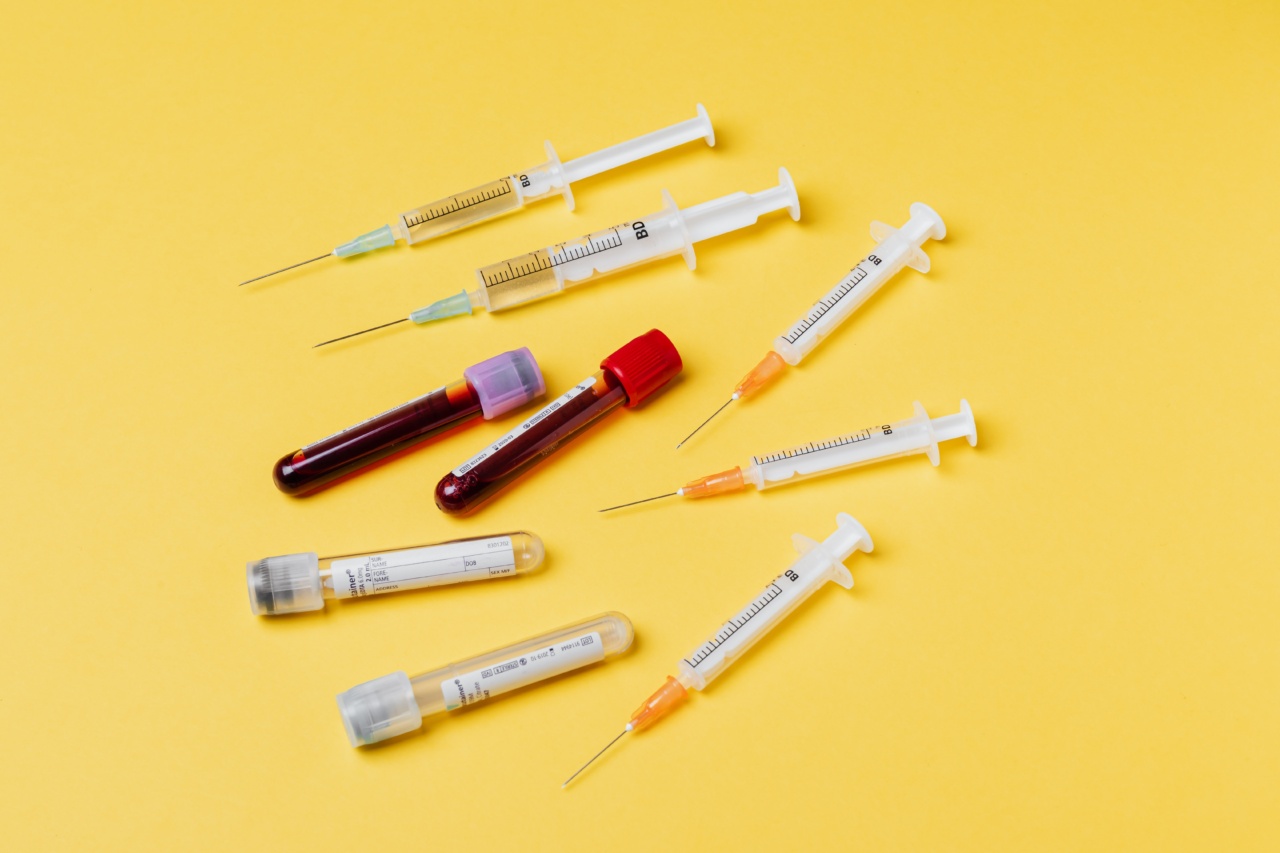High blood pressure, also known as hypertension, is a common medical condition that affects millions of people around the world. It occurs when the force of blood against the walls of the arteries is consistently too high.
This condition puts extra strain on the heart and blood vessels, increasing the risk of serious health problems such as heart disease, stroke, and kidney disease. In most cases, high blood pressure doesn’t have any noticeable symptoms, which is why it is often referred to as the “silent killer”.
It is crucial to address and manage high blood pressure effectively to prevent its complications and maintain optimal health.
The Traditional Approach to Managing High Blood Pressure
For many decades, the traditional approach to managing high blood pressure has involved lifestyle changes and the use of medication.
Lifestyle modifications include reducing sodium intake, adopting a heart-healthy diet (such as the DASH diet), engaging in regular physical activity, maintaining a healthy weight, limiting alcohol consumption, and quitting smoking. These changes aim to lower blood pressure and improve overall cardiovascular health.
Medications such as diuretics, beta-blockers, ACE inhibitors, and calcium channel blockers may be prescribed to help lower blood pressure if lifestyle changes alone are not sufficient.
Emerging Modern Techniques for Addressing High Blood Pressure
While the traditional methods of managing high blood pressure have proven effective, modern medicine and technology have introduced novel techniques that can further enhance treatment outcomes. These techniques include:.
1. Telemonitoring and Mobile Health Applications
Telemonitoring allows healthcare providers to remotely monitor a patient’s blood pressure using wearable devices and electronic tools.
This approach offers convenience and real-time data analysis, allowing doctors to identify any concerning trends or irregularities. Mobile health applications also provide educational resources, reminders for medication and lifestyle changes, and the ability to track blood pressure readings over time.
2. Precision Medicine
Precision medicine involves tailoring treatment plans to an individual’s unique genetic makeup, lifestyle factors, and environmental influences. Genetic testing can identify genetic markers associated with high blood pressure.
This information helps healthcare providers personalize treatment plans for better outcomes and determine which medications or lifestyle modifications are most likely to be effective for a specific individual.
3. Non-Invasive Procedures
In addition to medication, non-invasive procedures are emerging as alternatives to manage high blood pressure.
One such technique is renal denervation, which involves using radiofrequency energy to disrupt the nerves surrounding the arteries leading to the kidneys. By targeting these nerves, the procedure can help lower blood pressure in certain individuals who are resistant to medication.
4. Lifestyle Tracking and Coaching
Advancements in technology have made it easier for individuals to track their lifestyle choices and receive personalized coaching.
Smartwatches, fitness trackers, and mobile applications can monitor activity levels, sleep quality, stress levels, and provide feedback on how these factors impact blood pressure. Such tools can educate and motivate individuals to make healthier choices, increasing adherence to recommended lifestyle changes.
5. Integrative Medicine
Integrative medicine combines conventional medicine with complementary and alternative therapies.
Several practices have shown promise in managing high blood pressure, such as acupuncture, meditation, yoga, and dietary supplements like coenzyme Q10 and omega-3 fatty acids. Integrative medicine approaches offer additional options for individuals seeking holistic management of their blood pressure.
6. Artificial Intelligence and Machine Learning
Artificial Intelligence (AI) and Machine Learning (ML) algorithms can analyze vast amounts of medical data, identify patterns, and predict patient health outcomes.
These technologies can assist healthcare providers in making more accurate and personalized treatment decisions for individuals with high blood pressure. AI-powered devices, such as smart blood pressure monitors, can also analyze data in real-time, provide instant feedback, and alert patients and healthcare providers of any concerning trends.
7. Personalized Nutrition
Personalized nutrition involves tailoring dietary recommendations based on an individual’s unique health profile, including blood pressure.
Genetic testing and biomarker analysis can help identify specific dietary needs to reduce blood pressure, such as sodium sensitivity or deficiencies in certain vitamins and minerals. Customized meal plans and dietary recommendations can be provided to optimize blood pressure management.
8. Mindfulness-Based Therapies
Mindfulness-based therapies, such as mindfulness meditation and stress reduction techniques, have been found to have a positive impact on blood pressure.
These practices help individuals manage stress, improve emotional well-being, and foster self-awareness. By reducing stress and promoting relaxation, mindfulness-based therapies can contribute to better blood pressure control.
9. Remote Patient Monitoring
Remote patient monitoring allows healthcare providers to track a patient’s blood pressure and other vital signs without the need for frequent in-person appointments.
Patients can use wearable devices and home monitoring kits to record and transmit their blood pressure readings to their healthcare provider. This approach ensures regular monitoring and timely interventions, reducing the need for unnecessary office visits.
10. Collaborative Care
Collaborative care involves a team-based approach to managing high blood pressure.
It includes the active involvement of patients, primary care providers, specialists (such as cardiologists or nephrologists), pharmacists, dietitians, and other healthcare professionals. Collaborative care models facilitate open communication, shared decision-making, and coordinated efforts to optimize blood pressure management and reduce cardiovascular risk.



























